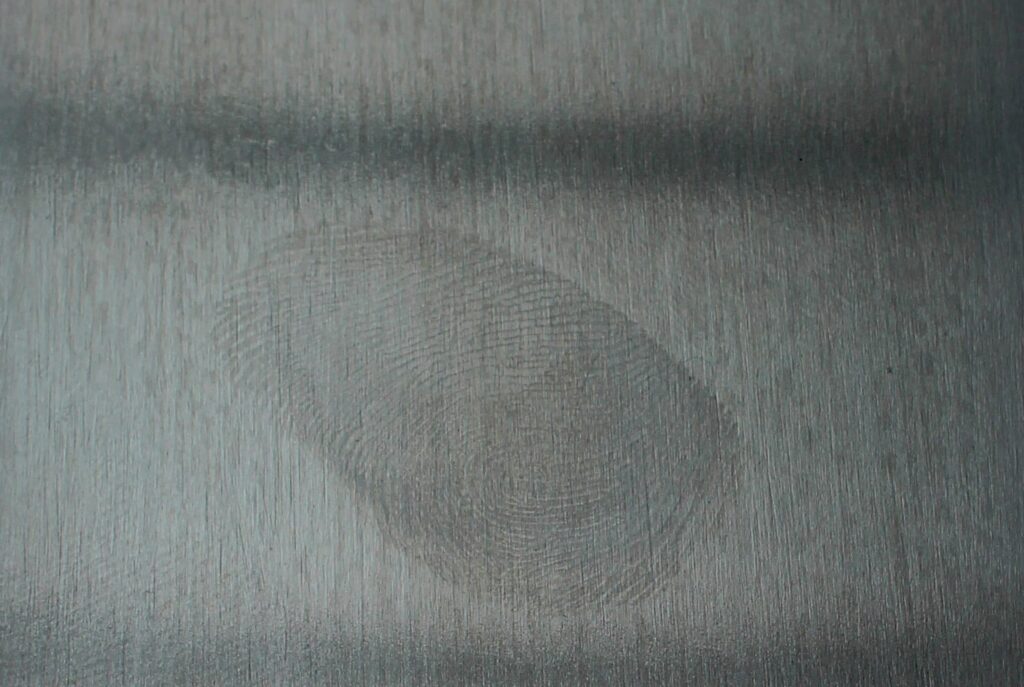Administration of the project
Greasy Fingerprints Issue Solved with Nanocoating
You walk into your newly renovated kitchen to admire your brand new, top of the line stainless steel appliances. What? Are those fingerprint smudges on the refrigerator!? Trying to remove those smudges is not an easy process, it takes a lot of hard work.
Does this sound familiar? Well, researchers from the Fraunhofer Institute for Microstructure of Materials and Systems and FEW Chemicals GmbH in Wolfen have teamed up and are hard at work, solving this problem. This collaboration is developing a new nanocoating that will prevent those fingerprint smudges from occurring in the first place. They are developing a coating layer, which contains special additives that will act as water and oil repellents.
This coating actually provides two benefits. The particles in the coating create a slightly rough surface on the appliances, which increases the surface area. When your fingertip touches the surface, it only comes into contact with the raised points preventing the grease from settling into the valleys. This decreases the surface area actually touched by the finger, resulting in a smaller area for a fingerprint smudge to form.
The second benefit comes from the refractive index (which determines how much the path of light is bent when it enters a material). The researchers have adjusted the refractive index of the coating to match the natural oil content of human skin. As a result, the light is reflected by the coated stainless steel surface in a manner similar to a surface that has been touched by your fingertip. This greatly decreases the appearance of any fingerprint smudges on the surface, making them almost invisible to the human eye.
The researchers at Fraunhofer are analyzing the layers themselves using three different types of microscopes. The first, an optical microscope, allows the researcher to view the sample through the magnification of a lens with visible light. The second, a scanning electron microscope, provides researchers with information about the sample, including texture and chemical composition. The third, an atomic force microscope, provides the researchers with the ability to measure in fractions of a nanometer. Through these three methods, the researchers can determine the size of the individual particles and whether they are evenly distributed throughout the coating.
Before conducting this research, the challenge was to create samples no more than 60 to 80 micrometers thick (approximately the width of a strand of hair). To do this the samples were embedded in resin and then ground down the needed thickness.
In order to simplify further testing, an automatic testing machine is being developed, which will study the visibility of the fingerprints themselves. The machine will ultimately analyze the effectiveness of the coating in reducing fingertip smudges on stainless steel surfaces.
The researchers have already found the best composition for the smudge free coating and are now working to optimize the product before passing it over to FEW Chemicals GmbH for production.


Be the first to comment